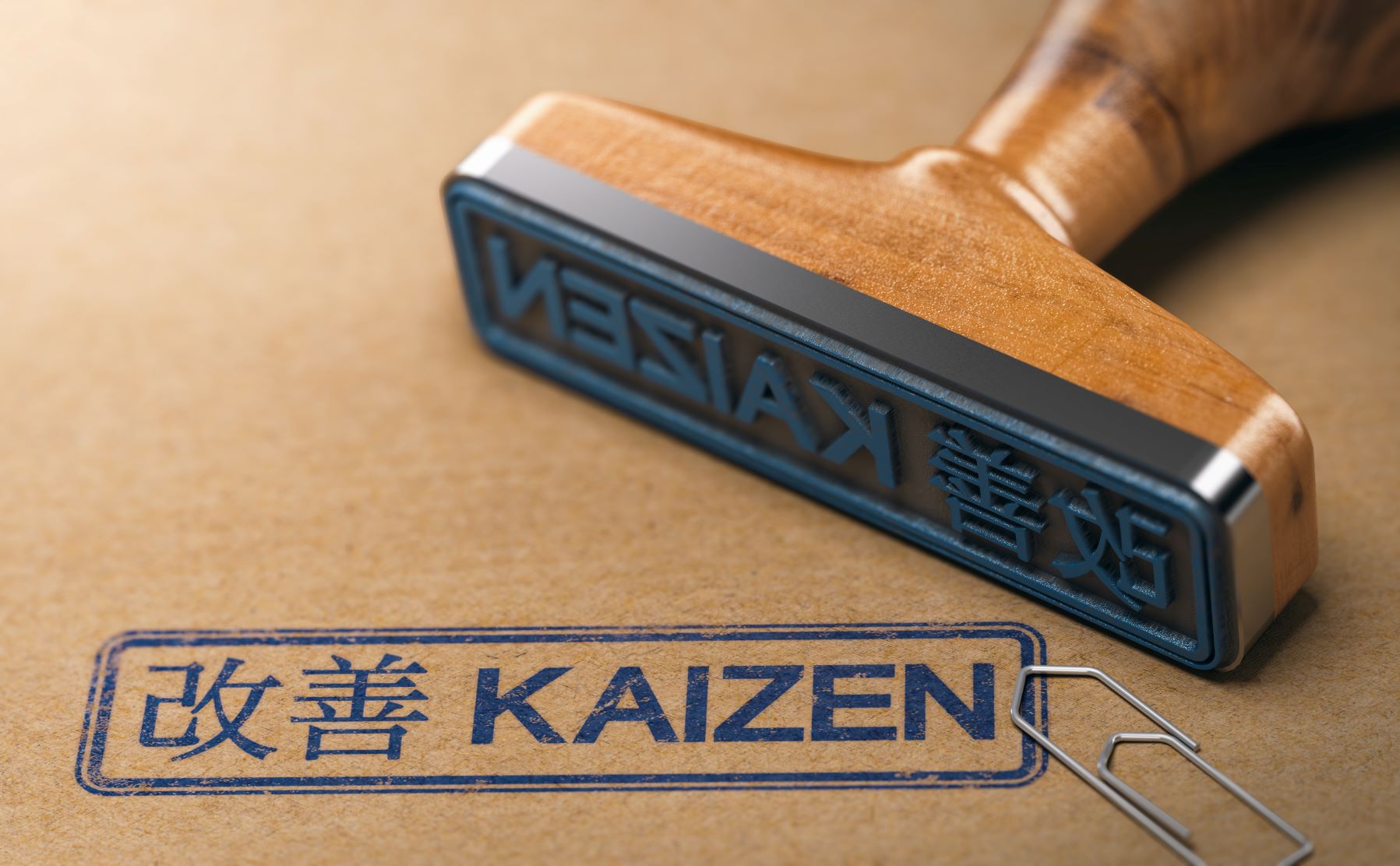What is Kaizen? Everything Your Team Needs to Know
February 2, 2022In 1986, Masaaki Imai introduced the world to the philosophy and practice of Kaizen in his book Kaizen, The Key to Japan’s Competitive...
11 Fundamental Kaizen Principles
February 22, 2021In Japanese, the word Kaizen means "good change." It describes the continuous improvement of all functions of an organization across the...
How to Improve Business Processes with Kaizen
February 1, 2021Most organizations don't have a single solution for addressing all business process hurdles. Even those that spend time and money managing...
Kaizen Thinking: 4 Ideas to Shape Your Outlook
December 21, 2020In Japanese, 'Kaizen" means "good change" (Kai = change, Zen = good). Kaizen describes a corporate philosophy of continuous improvement...
How to Spread the Kaizen Thinking Throughout Your Organization
September 28, 2020One of the most significant challenges leaders must consider when they embrace the Kaizen approach to continuous improvement is getting...
Who Should Take Part in Kaizen?
August 25, 2020One question that we get asked often by leadership teams trying to adopt the Kaizen business approach that made Toyota so successful is who...
Essential Features of Kaizen Software
July 20, 2020Most people don't have much experience evaluating Kaizen software solutions, so you are not alone if you are at a loss about what to look...
How to Prepare for Your Next Kaizen Event
March 23, 2020Kaizen events, also called rapid improvement events, or blitzes, are a useful way to implement positive change in short order. Still, it...
What is Kaizen? The Short and Long Answers
January 2, 2020When asked to describe his threshold test for obscenity in 1964, United States Supreme Court Justice Potter Stewart famously said, "…...
Top 10 Tips for a Successful Kaizen Event
December 19, 2019Kaizen events, also called rapid improvement events, are an excellent way to tackle some of your organization’s trickiest challenges....













